10 Things You Didn’t Know About The Japanese Grand Prix
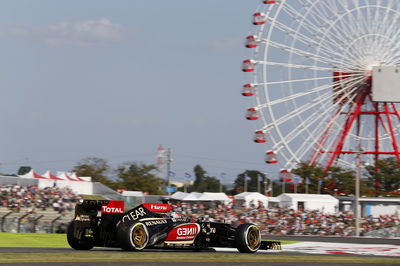
Following the drama under the lights at the Marina Bay Street Circuit in Singapore, the F1 paddock now heads to Japan and Suzuka for the 15th round of the season. Here are 10 things you might not know about the event:
1. A unique challenge
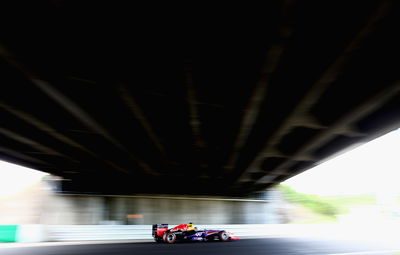
The Suzuka circuit is renowned for its tricky high-speed corners and unusual figure-of-eight layout. It is one of the most challenging tracks in the world and is a favourite amongst the drivers, teams and fans. Plus, it always produces some exciting racing.
2. The fans are crazy about F1
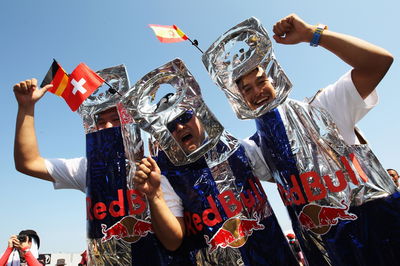
Japanese Formula 1 fans are undoubtedly the most enthusiastic on the calendar. The grandstands at Suzuka are always packed. With Kamui Kobayashi returning to race on home soil for Caterham this weekend, expect them to be a sea of green. Plus, look out for plenty of wacky home-made hats, signs and posters.
3. It's a busy lap
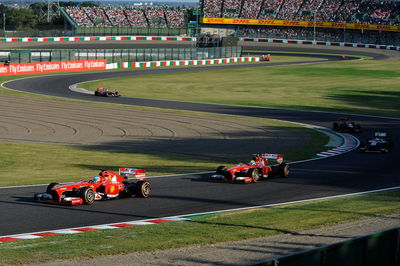
The track, which first hosted a Formula 1 race in 1987, is packed full of twisty, medium and high-speed corners. There are only a few straights and the lap is a very busy one for the drivers. In fact, around 60 per cent of it is spent cornering and almost all of them are taken over 60mph.
4. Old-school feel
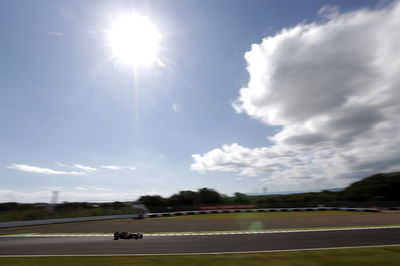
With modern, Hermann Tilke-designed tracks dominating the F1 calendar, it is nice to see the old-school Suzuka circuit remain on the schedule. It has a certain charm about it, with the majority of the corners being lined by deep and unforgiving gravel traps.
There are lots of elevation changes, it’s very narrow, and the sweeping high-speed corners break the current track conventions of long straights followed by slow corners.
The first Japanese Grand Prix took place in 1976 at the Fuji circuit. It was the last round of what had been a dramatic F1 season and saw James Hunt finish third and clinch the title by one point from Niki Lauda, after the Austrian withdrew due to the horrendous weather conditions.
The fifth Japanese F1 race in 1989, this time at Suzuka, saw Ayrton Senna and Alain Prost famously collide at the chicane. Senna continued, while Prost retired, but the Brazilian was disqualified, giving the title to his rival. The pair then made heavy contact on lap one at the follow year’s Japanese Grand Prix, which took both of them out and handed Senna the championship.
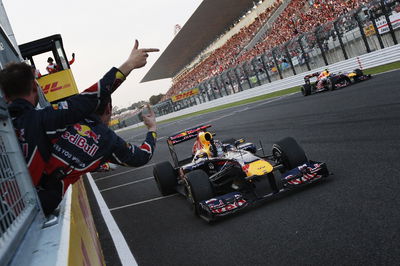
More recently, Kimi Raikkonen stormed to victory in 2005 after starting down in 17th place. He snatched the lead from Giancarlo Fisichella on the final lap around the outside at turn one. Sebastian Vettel was the most recent driver to wrap up a title in Japan in 2011, after he finished third.
6. Young blood
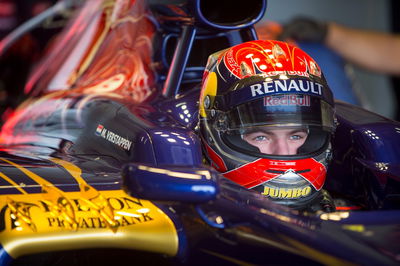
After only turning 17 on the Tuesday before the Japanese Grand Prix, 2015 Toro Rosso driver Max Verstappen will make his F1 race weekend debut in first practice at Suzuka. The Dutch teenager was granted a super license by the FIA after a successful first test in Italy last month.
7. Rain can cause chaos

Suzuka is known for its changeable conditions and rain can often mix things up. For example, the 1994 F1 race was decided on aggregate time due to treacherous conditions stopping the race, with Damon Hill winning by three minutes, while 10 years later qualifying was postponed to Sunday morning thanks to super Typhoon Ma-on.
Whilst it looks like wet weather will avoid the Japanese Grand Prix on Friday and Saturday this weekend, it is highly likely that the race on Sunday will be affected by rain. In fact, some predictions suggest Typhoon Phanfone could hit the track on race day.
With such high speed corners, crashing at Suzuka is always spectacular. Kimi Raikkonen found the wall heavily at the track after contact with Jean Alesi in 2001. Sometimes the barriers can’t even cope, as Allan McNish found out in 2002 after crashing at 130R during qualifying.
More recently, Jaime Alguersuari and Lucas di Grassi have suffered big crashes at the challenging corner, with the latter rather embarrassingly hitting the wall on his lap to the grid.
9. Top of the table
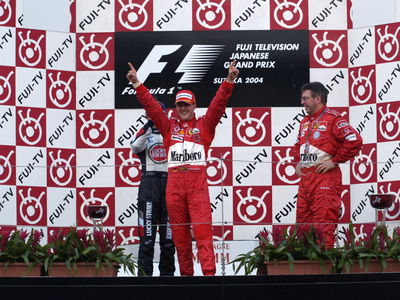
Michael Schumacher is the most successful driver at the Japanese Grand Prix, having won the event six times. Sebastian Vettel is next up with four victories. Meanwhile McLaren tops the constructors’ table with nine wins, two more than Ferrari.
10. Track stats
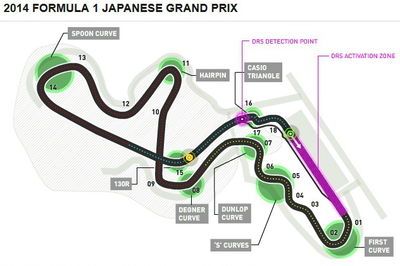
The Suzuka circuit is 3.608 miles in length and contains 18 corners – 10 right and eight left. It is both clockwise and anti-clockwise and the race distance is 53 laps. The one and only DRS zone will be positioned on the main straight. Pirelli will take the hard and medium compound tyres to Japan.
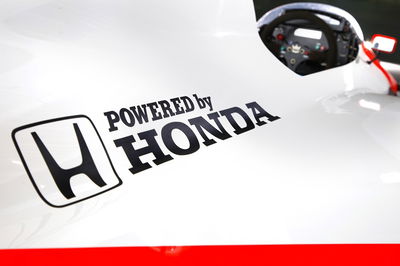













Comments
No comments found.